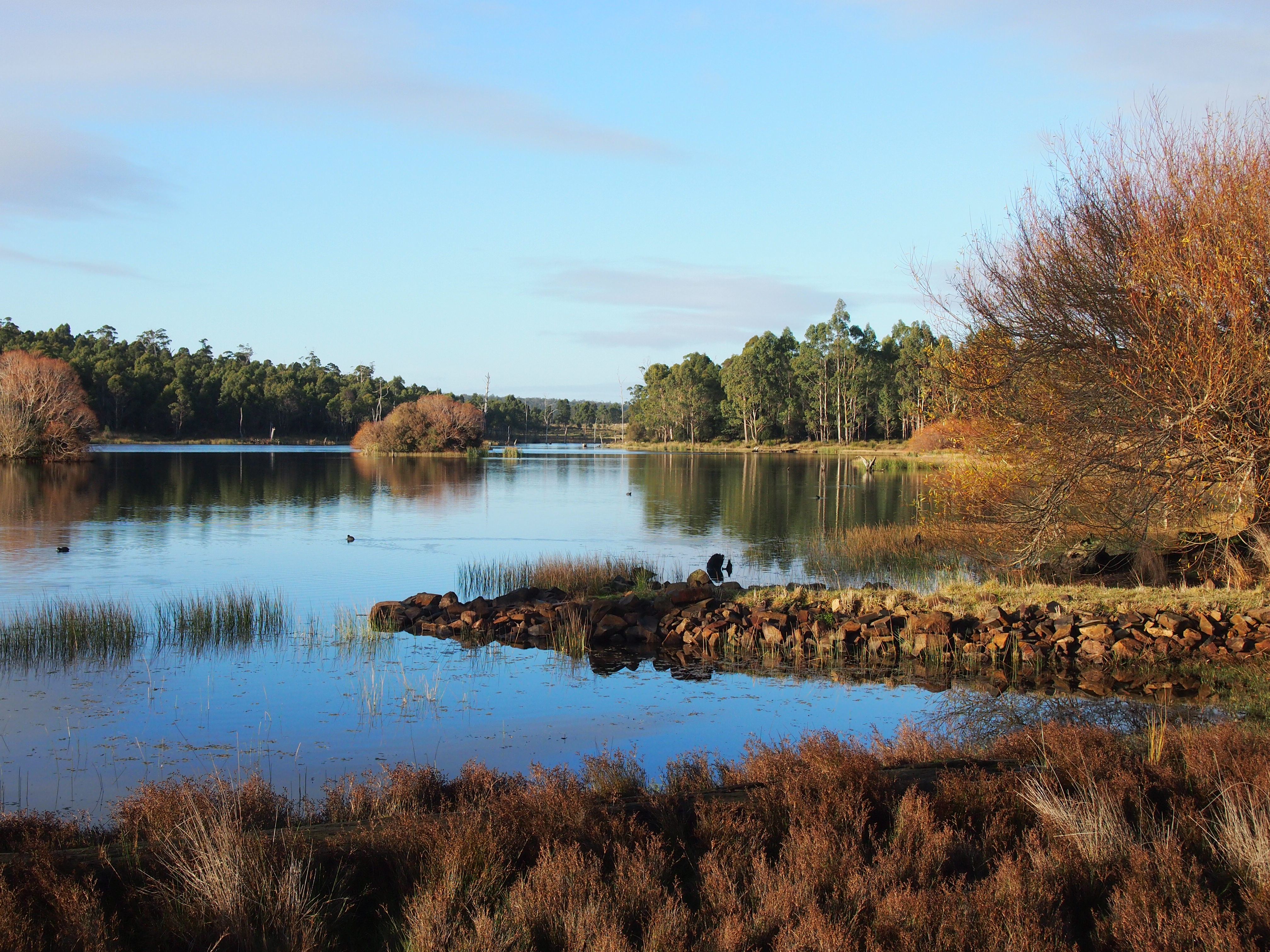When to hunt
 Australia routinely experiences variable climatic and environmental conditions. This sees much of the country undergo flood or drying conditions.
Australia routinely experiences variable climatic and environmental conditions. This sees much of the country undergo flood or drying conditions.
Game duck species respond quickly to environmental conditions which will see their populations boom during good climate and breeding conditions and then wane during average conditions.
When conditions permit, the Victorian duck season is conducted from 8am on the third Wednesday in March until 30 minutes after sunset on the second Monday in June.
| Jan | Feb | Mar | Apr | May | Jun | Jul | Aug | Sep | Oct | Nov | Dec |
|---|---|---|---|---|---|---|---|---|---|---|---|
| Pair bonding, nest building, egg laying, incubation | |||||||||||
| Incubation, chick rearing | |||||||||||
| Fledging | Fledging | ||||||||||
| Moulting | Moulting | ||||||||||
| Food low | |||||||||||
| Weather extremes | |||||||||||
| Low numbers | |||||||||||
| Open Season | |||||||||||
The duck open season is timed to occur when the population is at its maximum and to avoid periods of vulnerability. The close season is timed to prevent hunting during times of peak reproductive activity, impaired flying ability during moulting, and temperature extremes, low population levels and food shortage.
Waterfowl in eastern Australia regularly commence the initial stages of breeding around June with courtship and pair bonding, nest construction, egg laying and incubation. Hatching peaks in late winter and spring (August - November), with some commencing as early as June and extending as late as January. Following hatching, chicks must be given the opportunity to mature to the point where they are self-sufficient and strong in flight. For adult birds, moulting occurs soon after breeding, with large flocks of moulting birds often observed in February each year. During late winter, population levels are at their lowest and ducks are subject to environmental extremes and food shortages.
This page has been updated to clarify that “breeding” is made up of a number of stages, including courtship and pair bonding, nest construction, egg laying, incubation, chick rearing and fledging (becoming able to fly). Breeding does not only include chicks hatching and fledging, which generally occurs during August to November. |
|---|